On the Road to Boston with Krista DuChene
Photos: Edison Yao
We are seven weeks out from the 2018 Boston Marathon and everything seems to be running smoothly, so to speak. Four weeks ago I took to the start line of the Robbie Burns 8 km in Burlington for my first race of the year. The Robbie Burns Run is a popular race for the local runners to test fitness when starting a spring marathon build. True to Krista DuChene form, I managed close to marathon pace, feeling the same in both the first and last kilometre. I was hoping I might beat the CDN Masters 40 record of 27:50 but both speedster Mary Unsworth and I came up short. She had recently set a Masters indoors 5,000 m record of 17:07, and finished ahead of me with 27:55 while I was 28:03. Fellow Saucony runner, Victoria Coates took the win with 27:29. She will be running in the World Half Marathon Championships at the end of March. Much more greatness to come from this woman!
I was looking forward to February as it was going to be a month of staying put, just hitting the kilometres and workouts without any races. I had opted out of the February Re-Fridgee-Eighter (8 miles) because we planned three races so close together: Chilly Half, Around the Bay, and Boston. I have really been enjoying the training for this build, more so than any marathon I can remember. Coach DST’s plan is thorough and I continue to learn more about this marathon thing, even though I’ve been at it for almost 16 years! If interested in learning more about my involvement with Speed River and what else is new, tune into Michael Rochus’s The Terminal Mile on Something in the Water – The Marathoners.
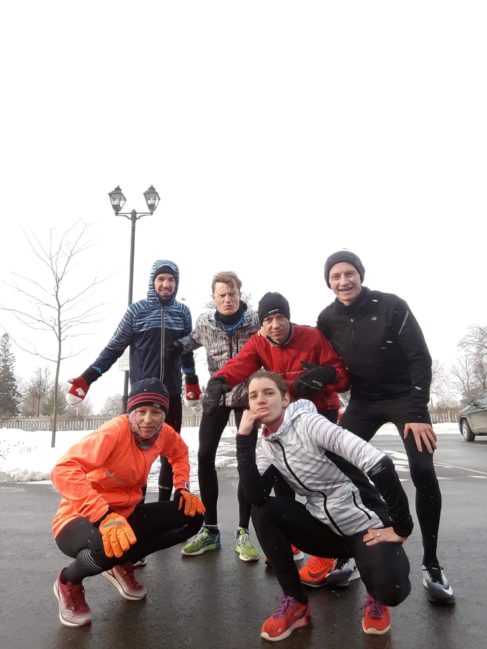
My easy 25 km run with the Manulife John Hancock Boston Marathon group yesterday morning in Toronto rounded out a second week of 177 km. Last week I completed my first 40 km run. This week I had to split my long run in two because of my daughter’s hockey tournament. I managed to get 32 km in between her 8 am and 12 pm games but needed a bit more so added an easy 13 km later that afternoon. The weather has been quite mild lately, which has made building the mileage a bit easier compared to the constant grind of snowy or -30 runs earlier this winter.
After four weeks of building since Robbie Burns I’ll now take a down week with the Chilly Half Marathon on Sunday, March 4. The weather is looking favourable and I’m trusting the legs will feel fresh after this recovery week.
This morning I did a shorter workout of 3 x 12 minutes on a hilly road with some decent wind. If there’s one thing that was reinforced by 2:09:00 1983 Boston Marathon Champion, Greg Meyer at yesterday’s Manulife event it was to respect the hills. I will admit that hills have definitely been on my mind in preparation for this year’s Boston Marathon. The only distinct memory I have from 2005 is the deafening crowd at Wellesley College, and almost completing Heartbreak Hill before I knew I was even on it. It’d be wonderful to experience that again. But I think I had been routinely doing more hilly routes then. When racing the hilly 2016 Around the Bay 30 km I found the hills a challenge as it was the first season without pushing kids up and down in a stroller. Hills are one thing. Speed is one thing. Hill AND speed is entirely different. The bottom line is that I must stay on them.
In other events, I’ve been keeping busy with various public speaking engagements, my work as a Registered Dietitian, and our kids’ activities. We’ve skied a few times, enjoyed numerous hockey games and swim meets, and are in the midst of birthday season with four out of five birthdays between February and March. Our March Madness is about to begin yet again. With my training and racing, the kids’ playoffs and competitions, March break, planning for spring sports, and celebrating birthdays it’s definitely one of my busiest yet most enjoyable months of the year. Away, we go!





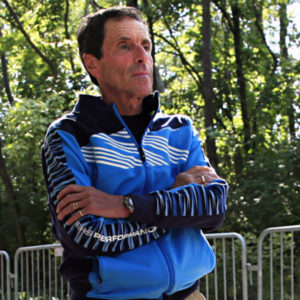
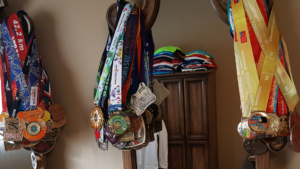
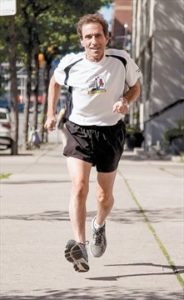

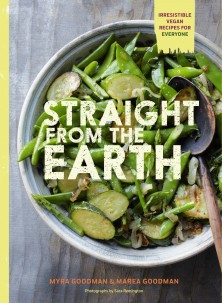


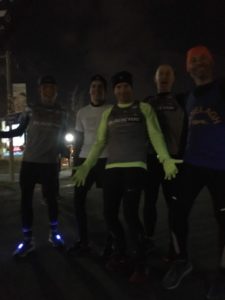


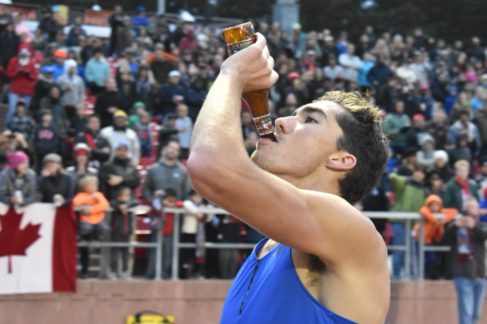



 Our Magazine
Our Magazine Previous Release
Previous Release
